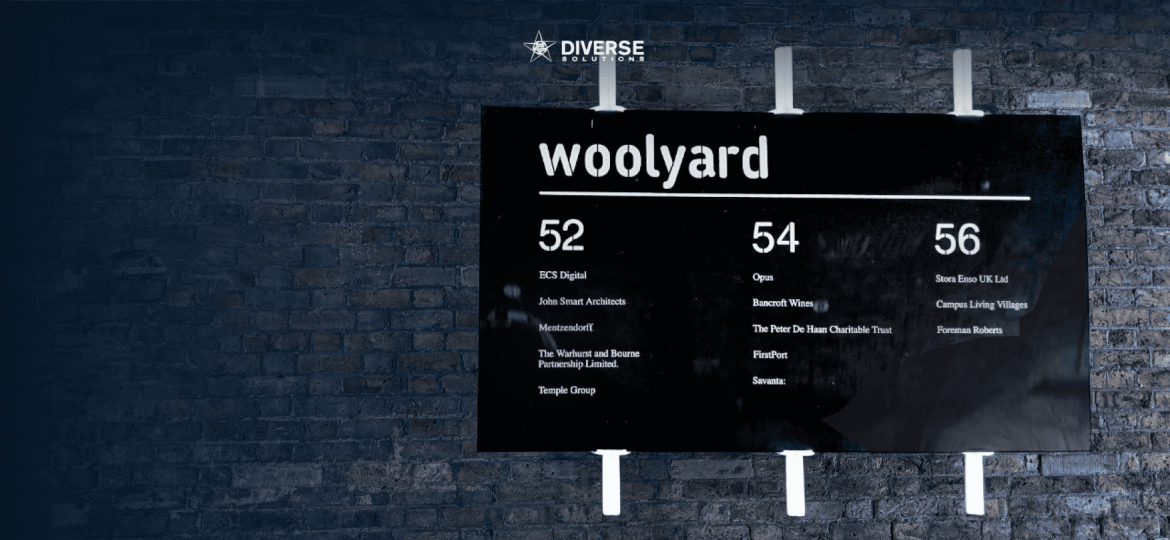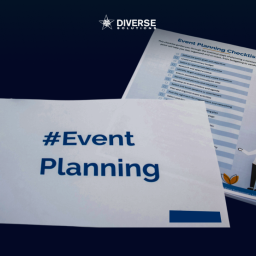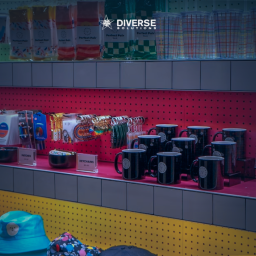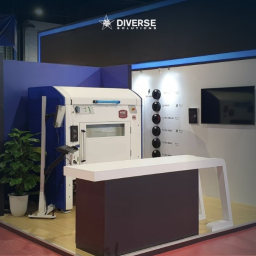
In an increasingly competitive events landscape, powerful banners and signage are essential to catch attention, communicate clearly, and reinforce your brand message. Here are creative, research-backed event banners and signage ideas for 2025 that maximize visibility, engagement, and sustainability.
1. Bold, Minimalist Designs for Maximum Impact
Simplicity is key. According to BannerBuzz, 2025 trends favor clean visuals that center on bold typography, uncluttered layouts, and strong branding. Minimalist designs help your message stand out in busy environments.
Visual hierarchy matters: critical information and logos should sit at eye level—around 1.65 m (about 65 in)—while text below 36 in often goes unnoticed.
2. Interactive and Tech-Enhanced Signage
Augment physical signage with interactivity—such as QR codes, AR triggers, or touch-responsive installations—to drive engagement. Peak signage trends highlight interactive banners that support dynamic experiences.
Additionally, Arrow Digital emphasizes QR-integrated banners that link to demos, gated content, or lead-generation pages.
3. Sustainable and Eco-Friendly Materials
Eco-conscious attendees and event planners now expect sustainable signage options. Reports forecast increased adoption of recyclable materials such as PVC-free vinyl, bamboo boards, and vegetable-based inks—all durable and degradable.
Replacing traditional foam core or PVC signage with recyclable boards or LED-backlit fabric helps reduce waste while aligning with green branding.
4. Multi-Sensory and Immersive Graphics
Event signage is evolving beyond visual messaging. Meetingsigns outlines multi-sensory experiences that combine visuals with ambient audio, tactile textures, or even scent diffusers to create immersive zones and better brand recall.
Incorporate subtle soundscapes or textured panels to engage more senses and deepen attendee connection.
5. Custom Shapes and Lighting-Driven Displays
Signature booth shapes—like curves, asymmetrical layouts, or cut-out silhouettes—help your signage stand out. BannerBuzz identifies creative shapes and lighting integration, such as neon or backlit signage, as top trends in 2025.
LED lighting ensures visibility even in dimly lit environments, amplifying brand presence from afar.
6. Practical Placement and Wayfinding Strategy
Effective signage serves both branding and navigation needs. MeshDirect breaks event signage into key categories—directional wayfinding, informational panels, branding banners, and safety signage—ensuring attendees feel guided and connected.
Well-placed directional graphics—such as maps and entrance signs—enhance circulation and reduce confusion.
7. Use Data to Measure Signage Effectiveness
MK Printing Bali highlights methods for assessing signage impact: track foot traffic flow, measure QR code scans, gather brand recall feedback, and evaluate post-event lead conversions tied to banner interactions.
This data-driven feedback loop helps refine future designs and reinforce ROI.
Summary Table: Key Strategies for Event Signage
| Goal | Recommended Approach |
| Grab attention | Bold fonts, minimalist visuals, creative shapes |
| Engage visitors | Interactive elements like QR or ambient sound |
| Uphold brand values | Eco-friendly materials and sustainable printing |
| Aid navigation | Clear wayfinding and logical signage placement |
| Stand out day or night | LED lighting or reflective inks |
| Measure performance | Track scans, foot traffic, and recall via surveys |
Final Thoughts
Designing event signage that stands out requires a synergy of visual clarity, sensory engagement, interactivity, and sustainability. By leveraging minimalist style, smart tech integrations, and eco-conscious materials, you can create banners and signs that reinforce your message, guide attendees seamlessly, and elevate your brand experience.
Great signage doesn’t just convey information—it captivates, connects, and converts.
For more information and to explore our offerings, visit Diverse Solutions Singapore.




